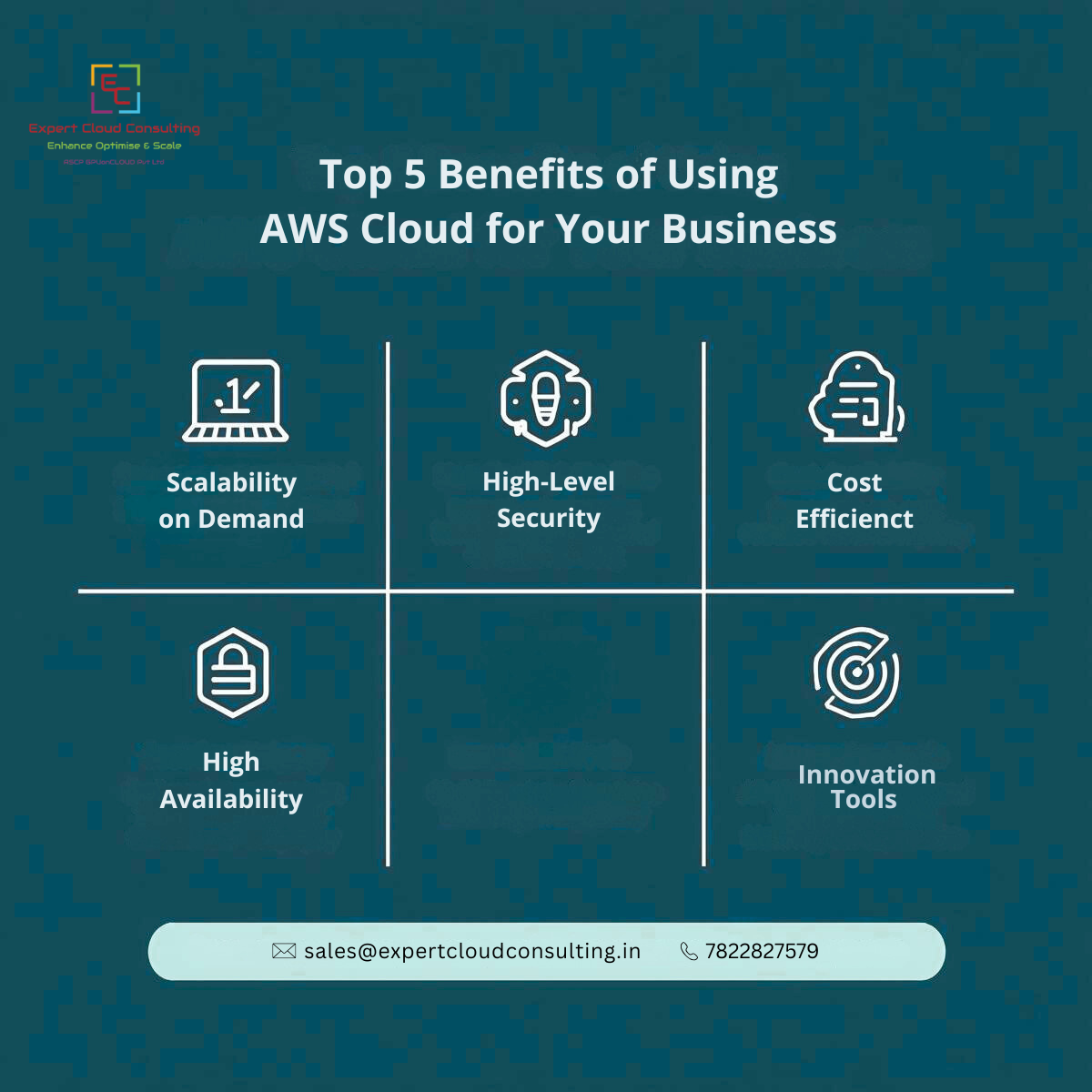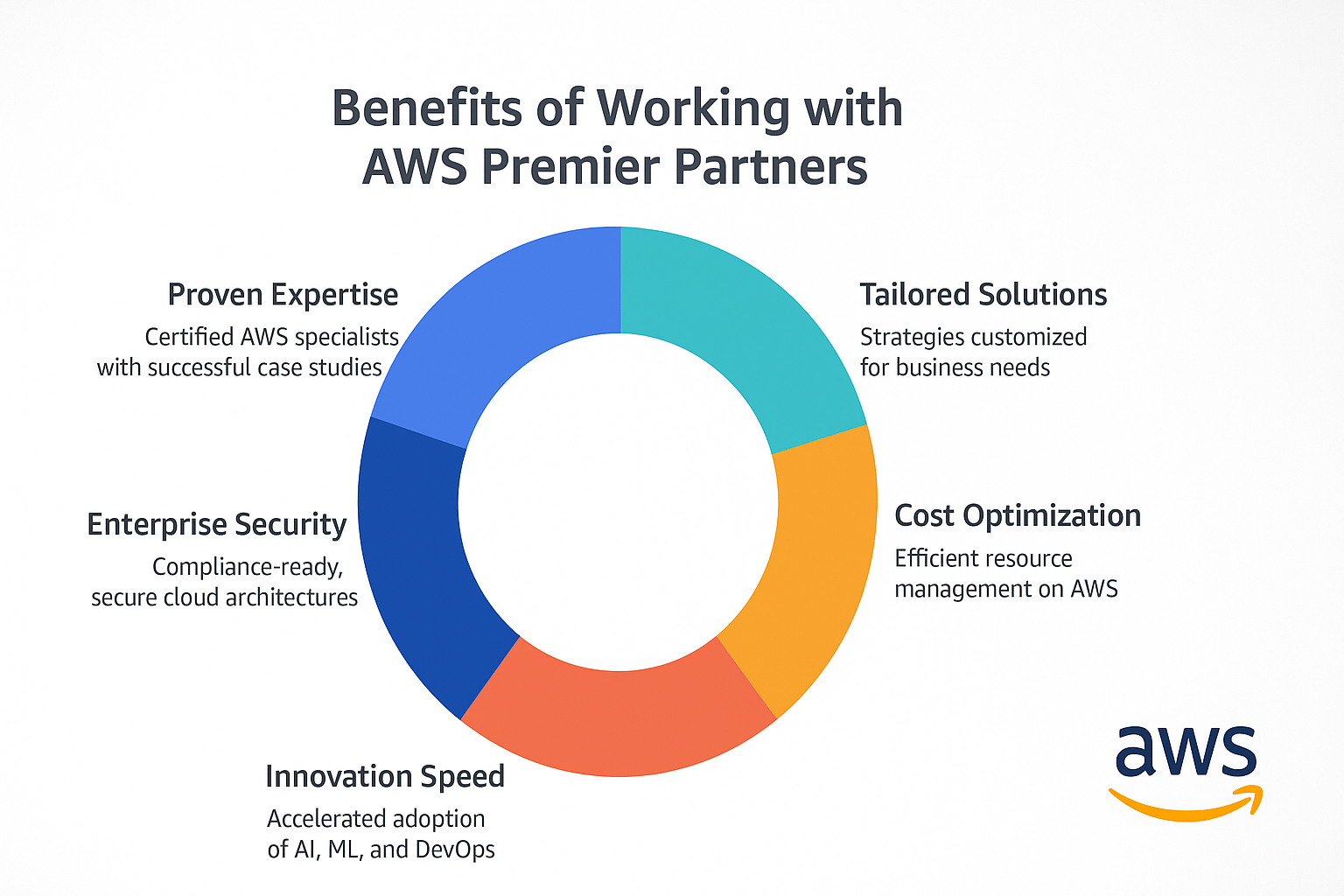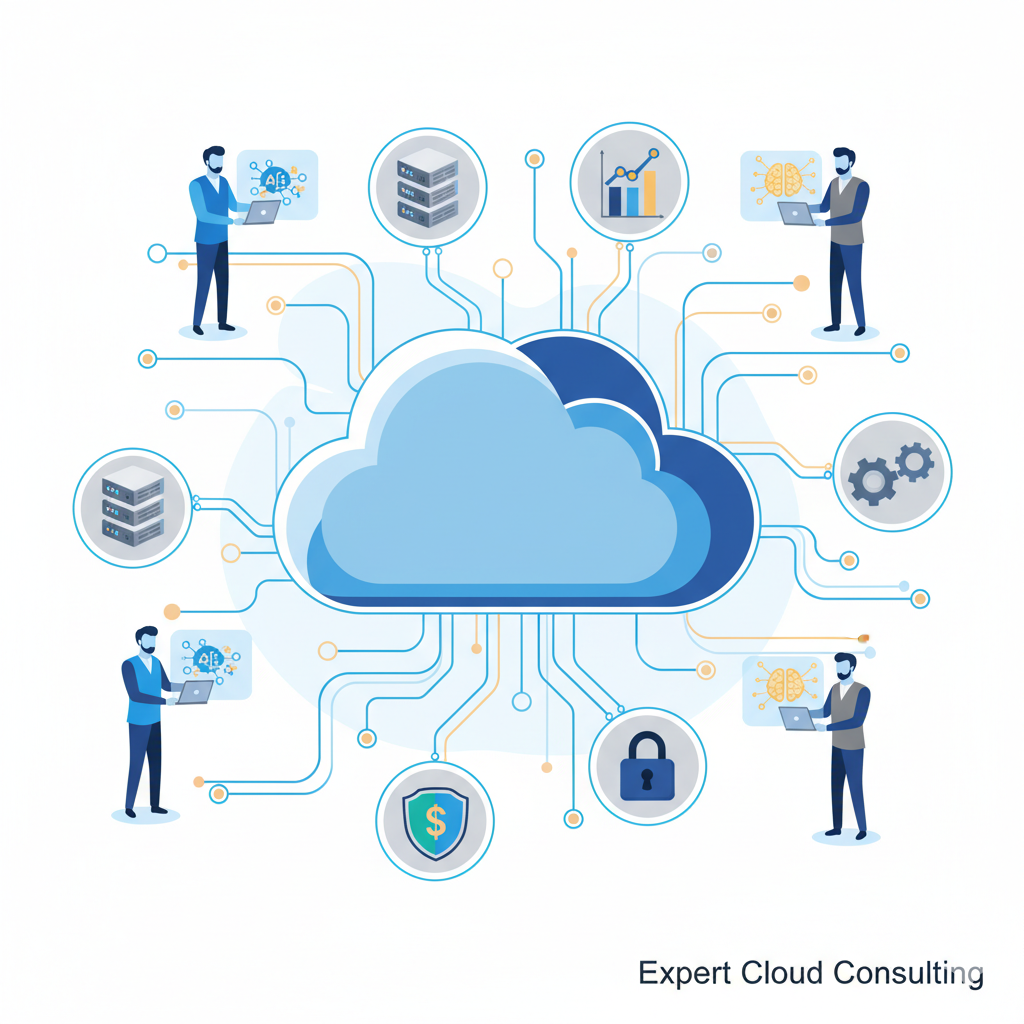- IntroductionIn today's rapidly evolving digital landscape, the significance of robust cloud security cannot be overstated. As organizations continue to migrate their operations and data to the cloud, ensuring the security of these environments has become paramount. Cloud Security Posture Management (CSPM) has emerged as a critical solution, helping businesses to automate the identification and remediation of risks across their cloud infrastructures. In this blog, we delve into the best practices for CSPM on two of the leading cloud service providers, AWS and Azure, offering guidance for 2024.
Understanding CSPM
CSPM is a cloud security tool that continuously monitors and manages the security posture of cloud environments. It helps in detecting misconfigurations, non-compliance with security policies, and potential vulnerabilities, ensuring that the cloud infrastructure is always aligned with the best security practices.
CSPM Best Practices for AWS and Azure
Regularly Assess and Audit Your Cloud Environment
Both AWS and Azure provide tools that can help you perform regular assessments of your cloud environment. AWS offers AWS Security Hub, while Azure provides Azure Security Center. These tools enable you to have a centralized view of your security alerts and compliance status across your cloud accounts. Regular assessments help in identifying potential vulnerabilities early and taking proactive measures to mitigate them.
Implement Least Privilege Access
One of the foundational principles of cloud security is the principle of least privilege, which means giving users and systems the minimum levels of access—or permissions—needed to perform their tasks. In both AWS and Azure, you can use identity and access management (IAM) policies to enforce least privilege access, thereby reducing the risk of unauthorized access to sensitive resources.
Encrypt Data At Rest and In Transit
Data encryption is essential to protect sensitive information from unauthorized access. Both AWS and Azure offer various tools and services that enable data encryption both at rest and in transit. For instance, AWS provides AWS Key Management Service (KMS) and Azure offers Azure Key Vault for managing encryption keys and encrypting data.
Leverage Cloud-native Security Tools
AWS and Azure have developed a plethora of security tools and services designed to enhance the security posture of your cloud environment. Tools such as AWS GuardDuty, Amazon Inspector, Azure Defender, and Azure Policy can help in identifying threats and enforcing compliance policies. Utilizing these cloud-native tools can provide deeper integration with your cloud environment and offer more comprehensive security coverage.
Monitor and Log Activities
Continuous monitoring and logging of activities within your cloud environment are crucial for detecting suspicious activities and responding to potential security incidents. AWS CloudTrail and Azure Monitor provide robust monitoring and logging capabilities that can help you gain insights into your cloud operations and security posture.Conclusion
As organizations continue to leverage the cloud for their critical operations, implementing effective Cloud Security Posture Management practices becomes indispensable. By following the best practices outlined for AWS and Azure, businesses can enhance their cloud security, protect their data, and ensure compliance with relevant regulations. Remember, cloud security is a continuous process that requires ongoing attention and adjustment based on the evolving threat landscape.
At Expert Cloud Consulting, we understand the complexities of cloud security and are dedicated to helping our clients navigate these challenges. Whether you're just starting your cloud journey or looking to optimize your existing cloud security posture, our team of AWS and Azure experts is here to assist you every step of the way. Let's work together to build a secure and resilient cloud environment for your business in 2024 and beyond.











